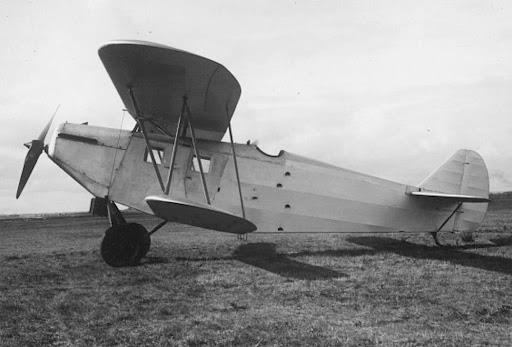| Type | 2 + 6 transport |
| Engine | 1 BMW VI 5.5 ZU |
| Dimensions | Length 12,2 m , height 4,6 m, span upper 17,6 m ,lower 15,5 m, wing area 75,5 m2 , V form upper 2,2 º lower 4,4 º |
| Weights | Empty 2050 kg, loaded 3620 kg, max. take off weight fuel 550 l |
| Performance | Max.. speed 206 km/h, landing speed 77 km/h, cruising speed 180 km/h , range 1040 km, endurance , service ceiling 5000 m , climb 6,0 m/sec. , to 1000 m 2,8 min., to 2000 m 6,2 min., to 3000 m 10,5 min., to 4000 m 16,4 min. |
| Type | Werk.Nr | Registration | History |
| a | 332 | D-1762 | Built 1929. Used för testing different engine installations ? |

